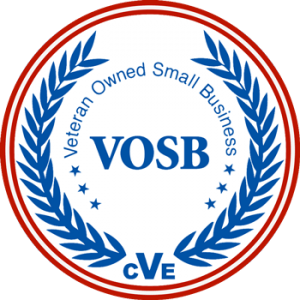The secret sauce
Know your readers when it comes to serving them something delicious

You're having guests for dinner, and you want to serve them something delicious, right? Of course!
If you're like me, you start thinking immediately about their likes and dislikes before you plan your menu. Depending on your level of intimacy with your guests, you may have an easy time picking a menu. You might not. You might pick something you like, without any knowledge of your guests. That's a bit riskier. Some hosts ask their guests to get a positive or negative reaction.
The same is true in proposals. While RFP section M will tell you what the evaluation factors are and section L tells you what to provide, do you know anything about what the client really likes or doesn't like? To be compliant, your proposal must accommodate M, L, C, and the usual stuff. But what does the client really care about and how does your approach address those unlisted factors?
This is something that capture management should work to uncover -- the unstated requirements that, if met, would delight the prospect, even if it's not in M, L, C, or anywhere else.
As an example, consider the following from a real RFP:
A prospective client was looking for bids to take over a 24/7/365 data center operation supporting a military mission. The primary government supervisor, let's call him "Dan," was not pleased with the support he was getting and upset by the lack of accountability. It seems that things were falling through the cracks and there was a general lack of responsibility for who was at fault for systems not performing as they should. Finger pointing seemed to be the exercise of the day. This information was not in the RFP but was "discoverable" by anybody who would listen to Dan discuss his frustrations.
In responding to the formal requirements, the capture and proposal team conceived and implemented multiple mechanisms to improve accountability and transparency. This included start-of-shift checklists, mid-shift-checklists, end-of-shift checklists, and real-time system status boards (accessible via HTTPS) that had never been previously implemented. While there were several other aspects of our approach, we focused heavily on building tools that would delight Dan, even though there were not any such formal "requirements" in the solicitation. This became our secret sauce!
We were not the lowest bidder but won the contract anyway because we were determined to be the "best overall value" to the Government. Dan loved what he read and wanted his finger pointing nightmares to be over. He loved our secret sauce and later told us so privately.
Who is on your source selection team and what do they really care about? What's your secret sauce? This is why it's imperative that we recommend you know your readers when it comes to serving them something delicious.
Capture & Proposal Win Tips
a b c d e f g h i j k l m n o - Do not remove from template!!! it is important to support different fonts

Copyright 2022, SRS Edge LLC, all rights reserved



